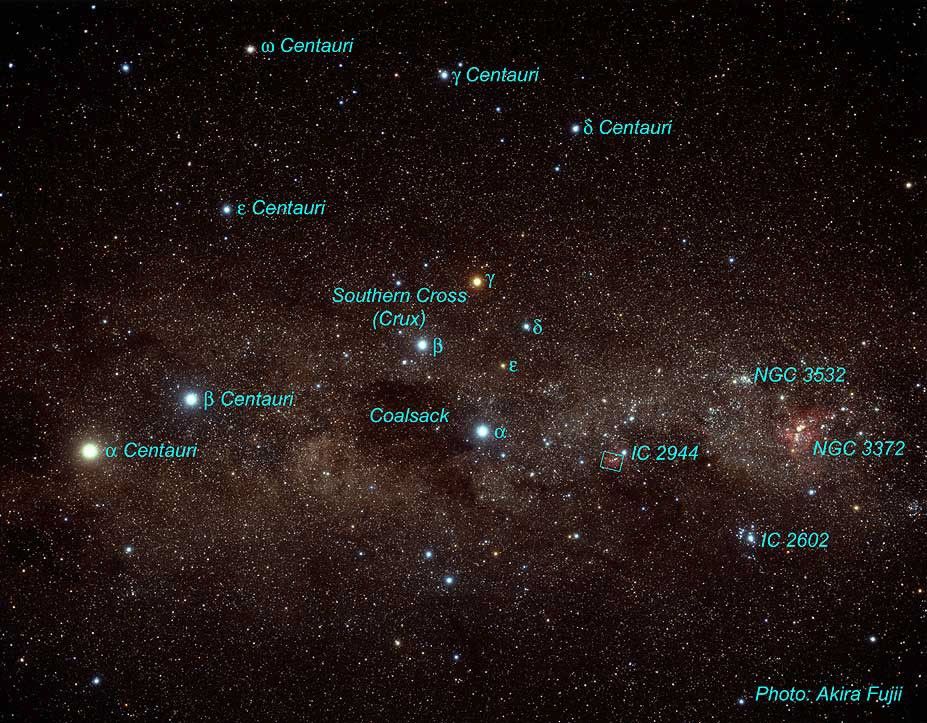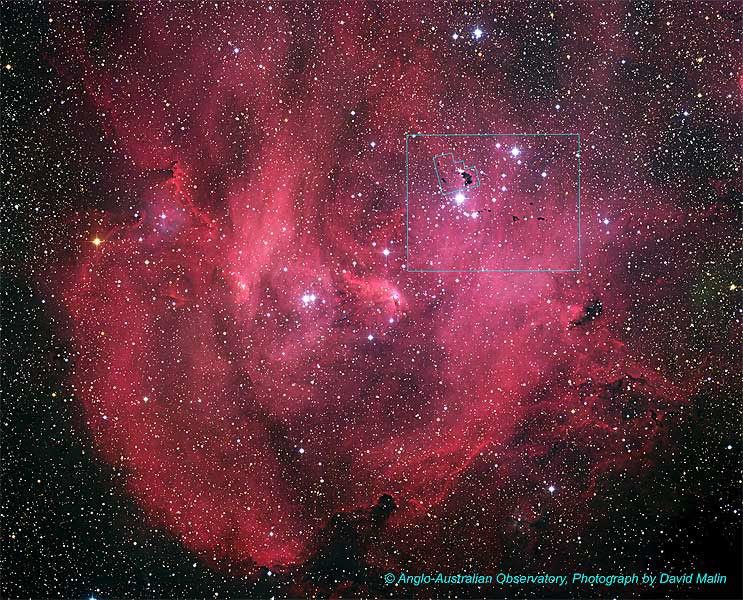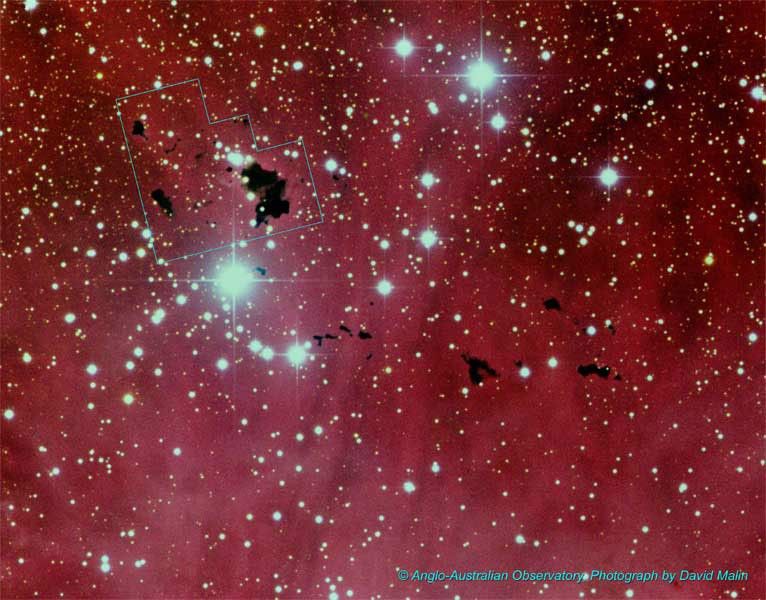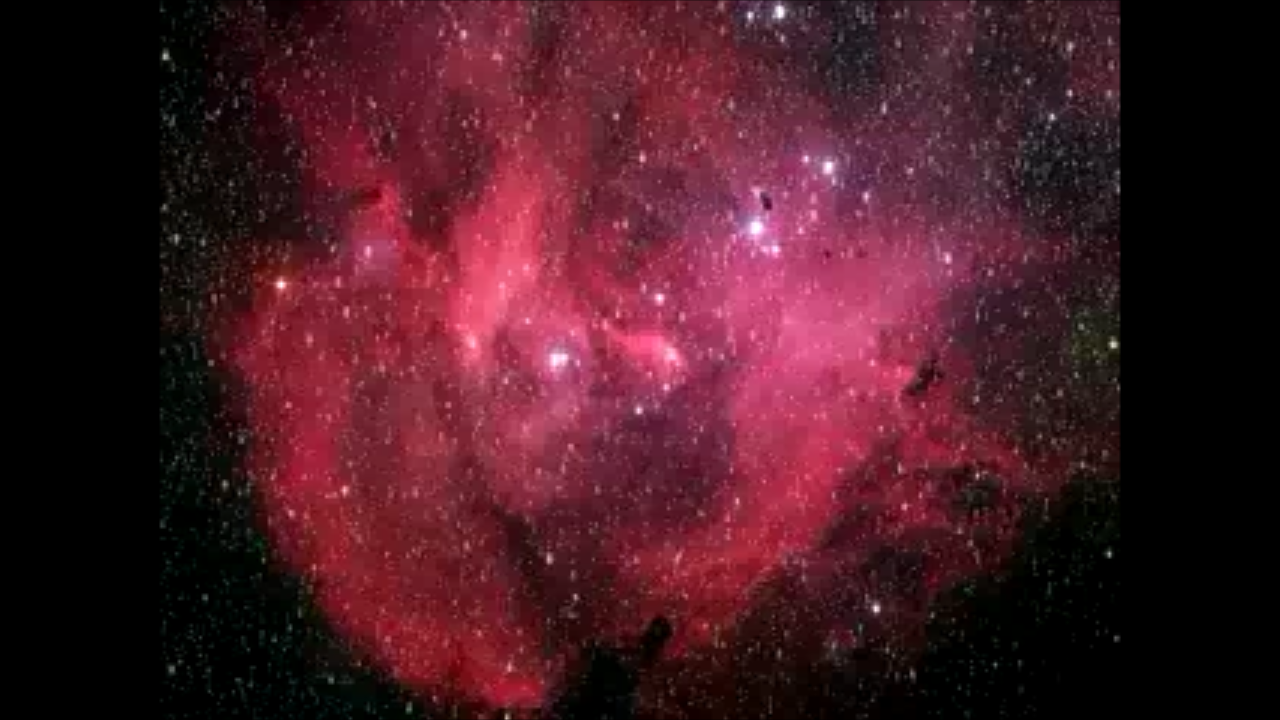Strangely glowing dark clouds float serenely in this remarkable and beautiful image taken with the Hubble Space Telescope. These dense, opaque dust clouds - known as "globules" - are silhouetted against nearby bright stars in the busy star-forming region, IC 2944. Astronomer A.D. Thackeray first spied the globules in IC 2944 in 1950. Globules like these have been known since Dutch-American astronomer Bart Bok first drew attention to such objects in 1947. But astronomers still know very little about their origin and nature, except that they are generally associated with areas of star formation, called "HII regions" due to the presence of hydrogen gas. IC 2944 is filled with gas and dust that is illuminated and heated by a loose cluster of massive stars. These stars are much hotter and much more massive than our Sun.
1 min read
Thackeray’s Globules in IC 2944
Strangely glowing dark clouds float serenely in this remarkable and beautiful image taken with NASA's Hubble Space Telescope. These dense, opaque dust clouds - known as "globules" - are silhouetted against nearby bright stars in the busy star-forming region, IC 2944. These...
Related Images & Videos

Thackeray's Globules: Dense, Opaque Dust Clouds in Star-Forming Region IC 2944
Strangely glowing dark clouds float serenely in this remarkable and beautiful image taken with NASA's Hubble Space Telescope. These dense, opaque dust clouds - known as "globules" - are silhouetted against nearby bright stars in the busy star-forming region, IC 2944. These...
Share
Details
Last Updated
May 05, 2025
Contact
Media
Claire Andreoli
NASA’s Goddard Space Flight Center
Greenbelt, Maryland
claire.andreoli@nasa.gov
Credits
NASA and The Hubble Heritage Team (STScI/AURA); Acknowledgment: Bo Reipurth (University of Hawaii)
































